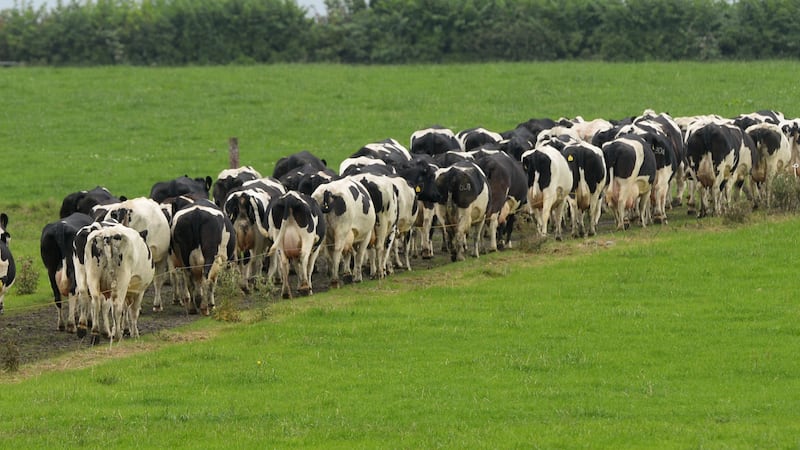The French economy came to an unexpected standstill in the three months to June after a strong first quarter, as a jump in exports was not strong enough to offset the impact of weak consumer spending and changes in inventories.
Data published by the INSEE national statistics agency on Friday showed the €2 trillion economy was left unchanged at 0.0 per cent in the three months to June, missing a forecast of 0.2 per cent growth.
But the euro zone’s second-largest economy had grown by 0.7 per cent in the first quarter, INSEE said, up from a previous estimate of 0.6 per cent.
The carry over from the first half of the year means the government’s 1 per cent growth forecast for the year is still well within reach but could make it harder to beat that target, as many expected, analysts said.
"Today's 0.0 per cent figure is therefore a rather bad surprise, dampening hopes of significantly above 1.0 per cent GDP growth this year," ING's Julien Manceaux said. The European Commission, IMF and Bank of France have over the past months published 1.1-1.2 per cent French growth forecasts for 2015.
French finance minister Michel Sapin said stronger exports and investments made the government confident in its estimate of 1 per cent annual GDP growth for the year, adding that it could still beat that forecast.
Companies that were selling down their inventories after building them up in the first quarter accounted for much of the stagnation, dragging GDP growth down by 0.4 percentage points. That annuled the 0.3 point increase to GDP from foreign trade and meager 0.1 per cent from domestic demand.
Consumer spending growth slowed sharply from a 0.9 per cent increase in the first quarter to a 0.1 per cent rise in the second quarter, much of which was due to lower spending on energy amid higher temperatures.
Exports were a bright spot, up 1.7 per cent in the second quarter after growing by 1.3 per cent in the first quarter. Trade’s contribution to growth was at its highest since the last quarter of 2011.
Corporate investment grew by 0.2 per cent in the second quarter, at a slower pace than in the first quarter but nevertheless reaching its highest level since 2008. Investment in housing, however, contracted for the eighth quarter in a row.
Non-farm payroll increased marginally by 0.2 per cent in the second quarter, a separate set of data showed.
"We believe that second quarter GDP suffered from inter-quarter volatility related to energy, particularly at the output and household consumption levels," Barclays analyst Francois Cabau wrote in a note, saying there were decent growth prospects despite "pay back after the strong first quarter."
France will need to grow by 0.25 per cent in both the third and fourth quarters to meet the 1 per cent full-year target, Philippe Waechter of Natixis Asset Management said, adding that he was worried by consumer spending and investment.
Reuters
















